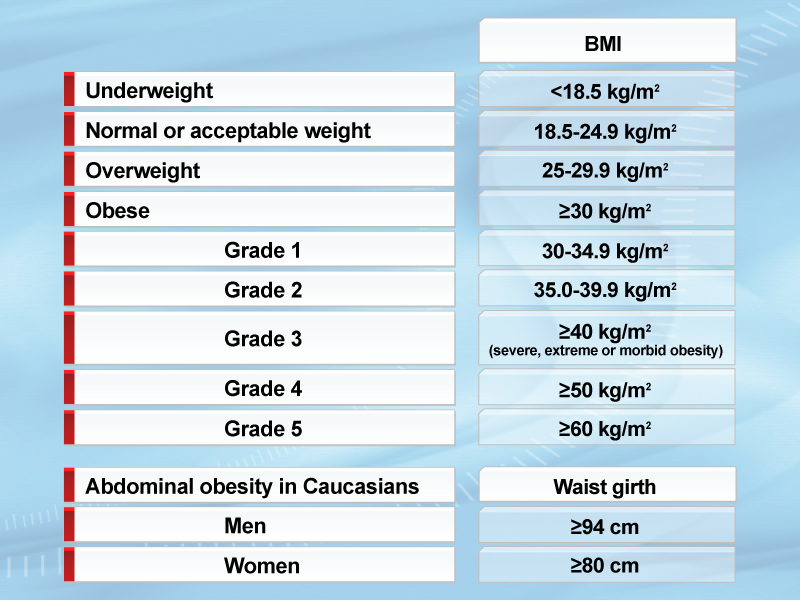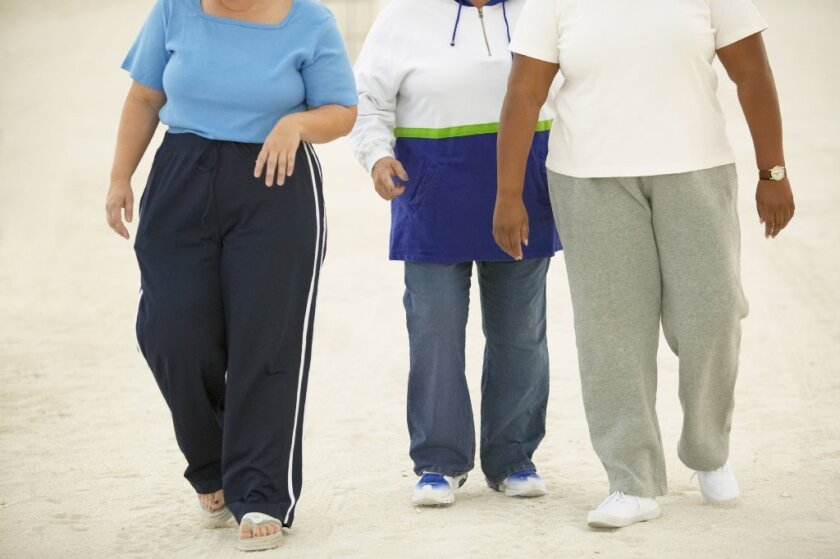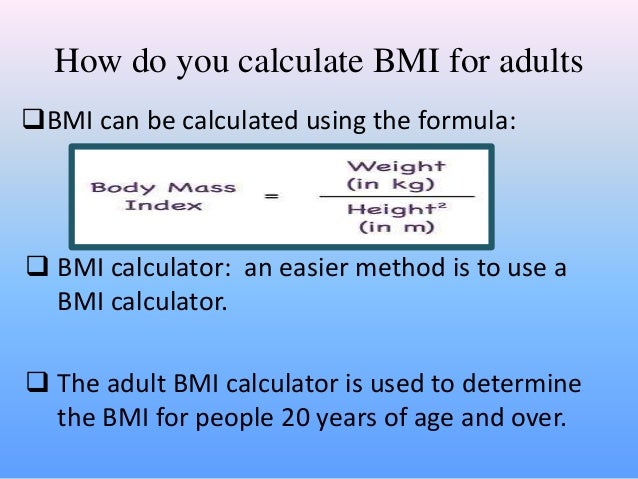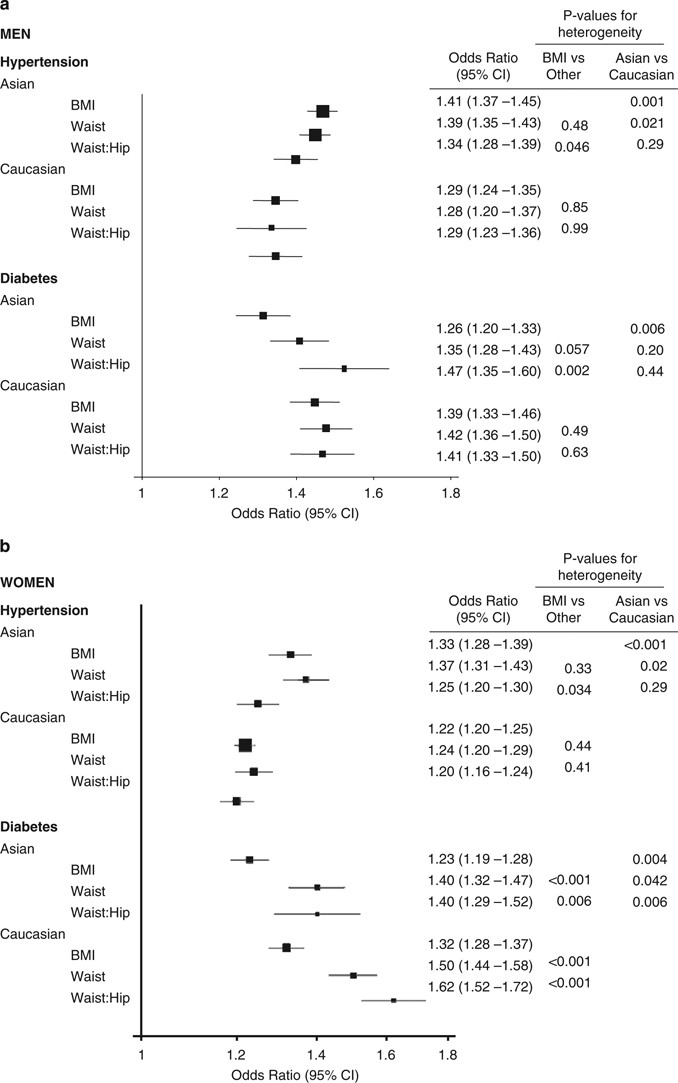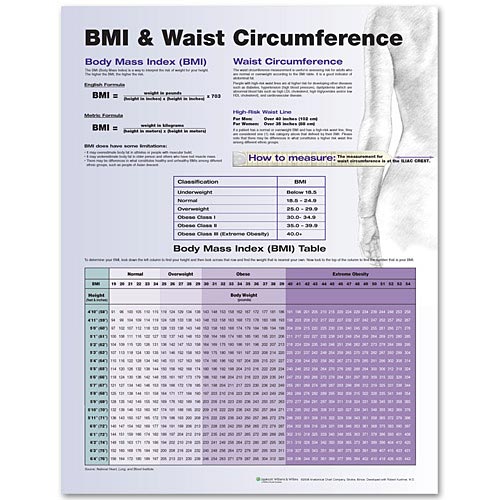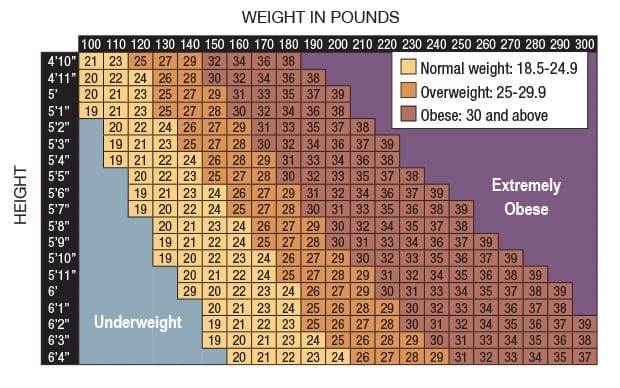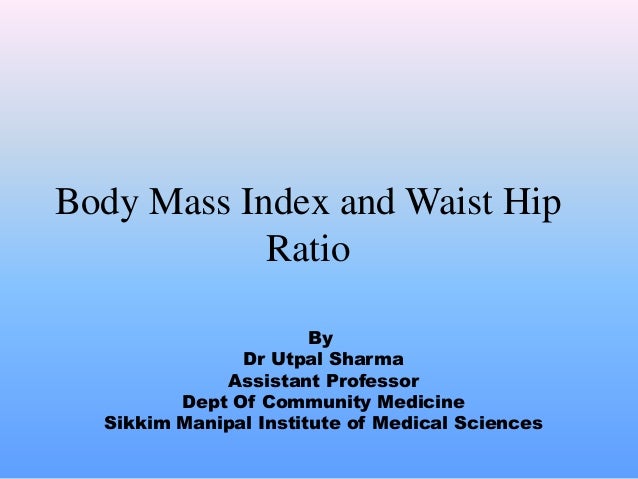
Body Mass Index With Waist Measurement
The following applies to adults. Body mass index bmi is a widely used diagnostic tool for identifying weight problems. To calculate his bmi. 82 174 174 27kgm2 weight height height bmi the desirable range is from 185 to 25kgm2. Body mass index bmi the body mass indexbmi is calculated by dividing your weight in kg by the square of your height in meters. Whr waist in inches hips in inches.
A high bmi and large waist size may signal an increased risk of heart disease. Enter your weight and height using standard or metric measures. Determining your waist to height ratio and associated health risks coffee break. Then measure your hips at their widest point. To calculate your waist to hip ratio measure your waist about halfway between your ribs and your belly button. Write down both numbers and divide your waist measurement by your hip measurement.
Overweight and obese individuals are at risk for a variety of medical conditions and dramatic weight gain or loss can lead to stretch mark eruptions. A bmi greater than 25 may indicate that you are overweight while a bmi greater than 30 generally indicates obesity. Select compute bmi and your bmi will appear below. A textbook of body measurement for sports and health courses unsw press 1996. Body mass index bmi uses weight and height to estimate body fat. To calculate body mass index bmi divide weight in kilograms by height in metres squared.
Body mass index bmi is a measure of body fat based on height and weight that applies to adult men and women. Bob is 174 m tall and weighs 82 kg. The simple equation is. However bmi and waist circumference are not diagnostic tools for disease risks. To prevent unsightly stretch marks its important to keep your bmi in the normal range. Covid 19 updates see how were providing safe in person care and virtual visits.
Calculate your body mass index. Body mass index bmi and waist circumference are screening tools to estimate weight status in relation to potential disease risk. A trained healthcare provider should perform other health assessments to evaluate disease risk and diagnose disease status. Waistis usually measured at one inch above the navel.
Random Post
- body measurement of jannat zubair
- clara lee body measurement
- body measurement fun facts
- body measurements of wwe superstars
- genevieve nnaji body measurement
- five importance of body measurement
- twice dahyun body measurement
- bra sizes picture examples
- bra size and bust measurement
- weight and body measurements
- komal aziz khan body measurement
- sergio ramos body measurements
- does myfitnesspal track body measurements
- body composition measurements ppt
- kedar jadhav body measurement
- body measurement in the philippines
- apex body measurements
- body fat measurement buffalo ny
- keto body measurements
- body measurement display
- bra cut blouse cutting measurement
- baifern pimchanok body measurement
- bobby kataria body measurement
- body measurement notebook
- xev body measurement
- can you track body measurements on myfitnesspal
- zac perna body measurements
- body measurement printable chart
- protein body measurement
- why take body measurements
- body measurements what shape am i
- best body measurements for height
- corey anderson body measurements
- black body measurements
- body measurement tiktok
- bruce lee body measurement
- shahrukh khan body measurement
- what is my bra size based on measurements
- bra fitting debenhams
- body fat measurement service
- catherine paiz body measurement
- elf on the shelf body measurements
- body measurement tv show
- female bodybuilder measurement
- non invasive measurement of core body temperature
- jyothika body measurement
- camilla belle body measurement
- put in my measurements to find body shape
- srabanti chatterjee body measurement
- normal woman's body measurements








